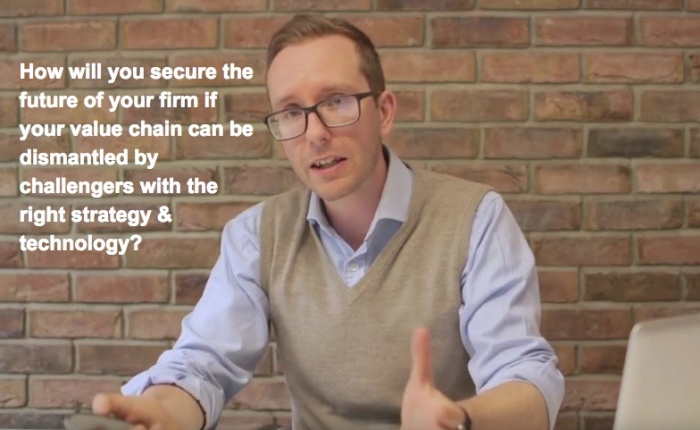Despite its name, Digital Transformation is not about technology. Digital Transformation is about having the foresight to change before others force you to.
Thanks to the Dublin Chamber of Commerce, I attended a Digital Transformation breakfast briefing designed to show the audience how to jumpstart their Digital Transformation initiatives by providing practical, actionable advice and success stories from organisations who have been there and achieved this. Here are the key highlights:
Who were the speakers
The guest speakers included Gillian O’Sullivan, Partner, BearingPoint Ireland, Hugo de Sousa, Head of Innovation, BearingPoint Ireland and Rui Pereira, Co-founder & VP of Digital Transformation, OutSystems.
Digital Transformation is not a silver bullet
Unfortunately, there is no silver bullet to Digital Transformation, no single technology or project that will guarantee your organisations future success and timelessness. Digital Transformation is therefore a journey of ongoing adaption and improvement based on your internal operations and external environmental forces such as changes in the competitive landscape or shifts in consumer behaviour.
Don’t start with the Technology
Technology is incredible and has the power to do nearly anything we need it to but its not the heart of Digital Transformation or Digital Strategy for that matter. Technology is the arms and legs, the enabler that allows the organisation to get to its destination.
A well designed strategy with successful implementation is the central nervous system vital for every Digital Transformation initiative.
We don’t have time for Digital Transformation!
We are told that the pace of change is increasing, customers want more (and now) and our competitors are eroding away our competitive advantage. For example, rather than patchworking legacy systems together and fighting it out for marginal gains, think about how a step change in your Customer Experience (CX) could differentiate you in the market…. Sounds easy in principle but difficult in reality. Digital Transformation projects need C-suite level support of overcome barriers such as existing technology project backlogs, lack of time to innovate and scarce resources.
Leverage technology to achieve organisational goals
Your CEO and board of directors wants to know ‘Ok, so we understand that strategy is the starting point and technology is the enabler, but what can that technology do?’. If implemented correctly, technology can help organisations achieve their organisations to deliver better services to their customers, streamline internal workflows, perform process faster and even achieve superior outcomes in terms of revenues or margin gains.
Pro tip: A cohesive strategy and organisational change plan needs to be in place to set up Digital Transformation for success.
Plans and visions of the future
For many industries, gone are the days of long term strategic planning of 5 years and beyond. Today, leaders are planning 1-2 years ahead and their 3-5 year plan is more of a vision or direction that must be flexible to change. In the short run, shareholders/CEOs want increased profitability and challenge the CIO to help deliver on this by providing a platform for speed, agility and adoption.
ICT is now a strategic driver of growth
In successful organizations, the CIO has been elevated to a strategic leadership position as important as the head of finance. To excel here, CIOs and their teams need to know more than coding and technology, they must work with leaders and business units to capture requirements and articulate this in a cohesive strategy. To do this requires a new skill set of strategic thinking, business analysis, stakeholder management and communication.
What do you think?
I would love to hear your thoughts on Digital Transformation, Digital Disruption and the role played by the CIO in your organisation. Leave your comments in the comments below. If you want more information about Digital Transformation, private message me and I will be happy to respond.



